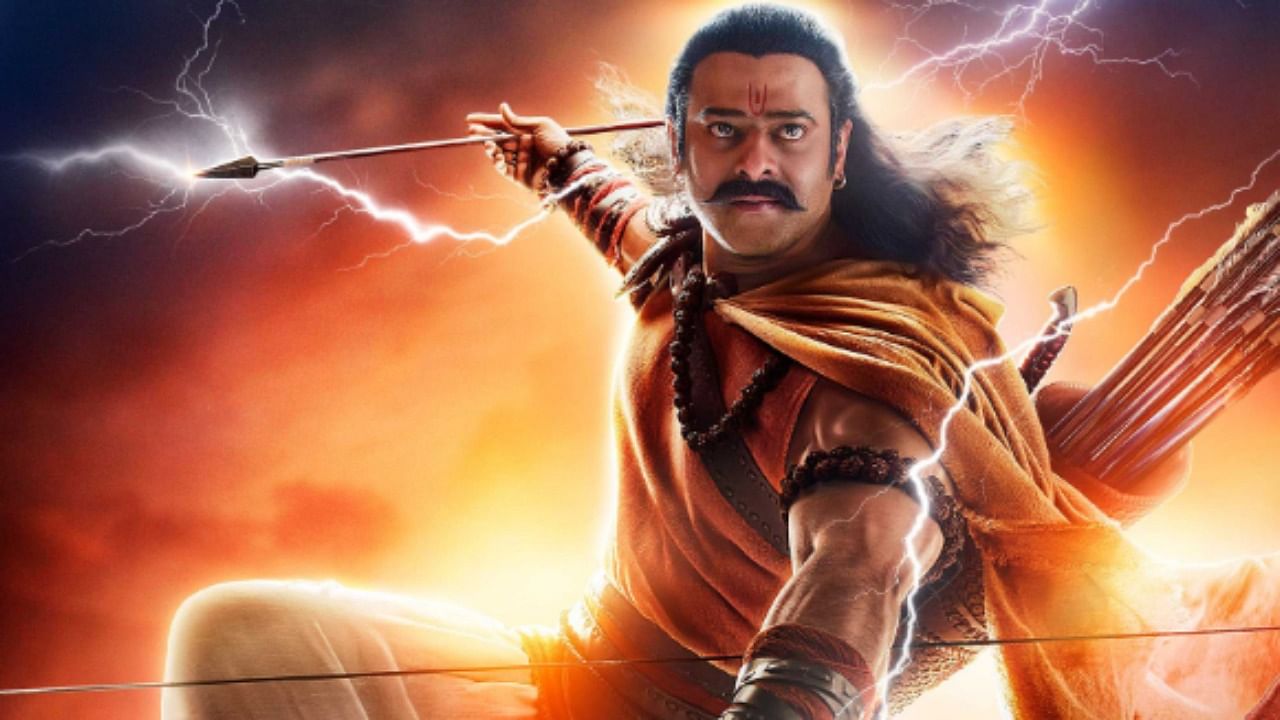
The teaser of Adipurush, starring Prabhas and Saif Ali Khan, has continued to receive flak ever since it dropped a couple of weeks ago. The popular opinion about the video was that the makers had overused visual effects (VFX) and computer graphics (CG) to the point that it looked like a mix of an animated and a live action movie.
This sparked an interesting debate on social media. Om Raut’s upcoming film was compared with the 1992 Indo-Japanese anime film Ramayana: The Legend of Prince Rama. Many called the anime film more visually-pleasing than Adipurush. Did the makers want to create a full-fledged animated film? If so, where did they falter? Is it an improbable task to make a quality animated movie in India?
Also Read | How animation has blurred boundaries
There are roughly over 1500 animation companies in India but we have made only a handful of animated films. “The awareness on animation in India is less compared to other countries. People flock to theatres because of the heroes or heroines or their favourite directors. So live action movies have a huge fan following. But we aren’t still excited about animation,” Avanish Phatak, animation HOD, Mikros Animation Studio, tells Showtime.
Indian animation has not evolved or carved its own style like Japan’s Studio Ghibli or the United State’s Pixar. These companies have constantly used indegiounous folk tales, myth and exploration of culture to tell stories.
That said, signs of change are already visible in India, feels Taher Ahmed, a former animator at DreamWorks. “Indian studios are making a mark, albeit the work is not visible on a larger scale. A few have dabbled in local folktales and have created wonderful and compelling stories for television,” he offers. However, Taher feels it will take time for the audience to warm up to these studios to make full-length animated movies which could do well with well known stars.
Independent animated movies do exist in India but are mostly unrecognised. Bombay Rose by Gitanjali Rao on Netflix is a hidden gem which has a very unique artstyle. There is Karmachakra, a Bengali/Hindi anime, that was announced in 2020. It appears promising. In 2009, veteran filmmaker Govind Nihlani made an animation movie titled Up Up and Up but couldn’t create a buzz.
Though the Indian animation industry has a long way to go, it is definitely progressing in the right direction, claims Harish Mallya, film enthusiast and curator for ‘Cinema of the World Section’ for the Bangalore International Film Festival.
“We run a short film festival at the Suchitra Film Society. We get several entries of animated films at the festival. The films are creative and I see great storytelling in them. A lot of effort seems to have gone in them,” says Mallya. “I still remember an animated film that tells the story of what we basically see in the current sensational hit Kantara. It was beautiful,” he adds.
The mindset of the Indian audience must evolve for animated films to grow in India, feels Mallya. “The Indian film industry is based on the star system. People flock to theatres to see their favourite stars. They are not interested or conditioned to animated films here. They think they are just films for kids, ” says Mallya.
According to Raghavendra, former employee at a multiplex cinema chain, animated films from the west have done great business in India, with around 70 per cent first-week occupancy in multiplexes. But as far as Indian films are concerned, the story is different, he points out. “The likes of Rajinikanth’s Kochadaiiyaan (2014) and Chhota Bheem fizzled out after a good opening week performance,” he says.
Raghavendra adds that big production houses like Sony, Yash Raj or Zee Studios must bankroll projects for Indian animation films to get a wider reach.
Budget and time are the other major challenges, says Amogh Ravindra, a Bengaluru based graphic designer and filmmaker. “The reason we aren’t producing a lot of animated films is because animation is expensive and it’s a long process. The producers need to know what they’re investing in. Moreover, most of our animators are working on so many Hollywood projects. I don’t think they have much time for Indian films,” he reasons.
Nirmal Kumar, VFX supervisor, Radiance FX, says India has serious potential to produce thought provoking and serious animation films. “India is definitely equipped to carve out their own art style. Things could change in the 3-5 years. After the West Coast in the US, the highest number of talent pools you find are in India,” he says.
“The exploration of folk tales will happen through animation. I’ve had multiple conversations with at least six directors in Bengaluru who are keen on making animated films. They have the stories. They want to do episodic content and films as well,” says Nirmal, who has worked in Baahubali 2 (2017) and Vikrant Rona.